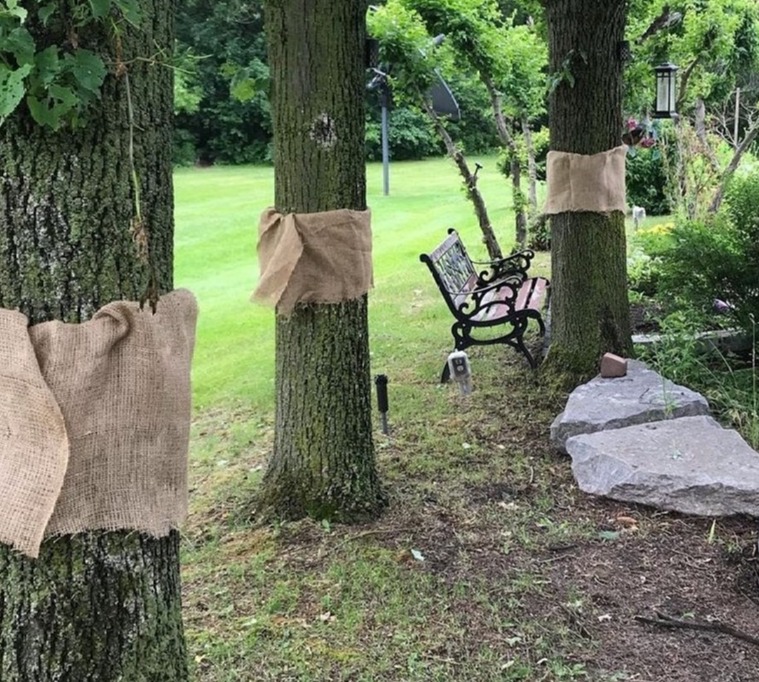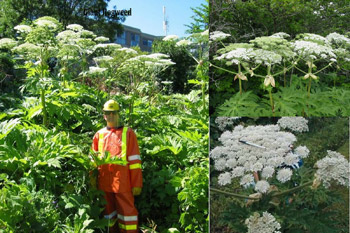The Town works in partnership with Conservation Halton, Credit Valley Conservation, and local environmental groups in identifying, studying, and removing invasive species.
Halton Hills Invasive Species
Spongy Moth |
|
Outbreaks of spongy moths are cyclical and typically peak every 7 to 10 years. Currently, spongy moths are on a downward trend from the peak in 2021. Most of the trees in Halton Hills are on private land. During an outbreak, property owners can help reduce the impact on the community’s tree canopy by reducing spongy moths on their property. If you’re concerned about the trees on your property, you can try the methods listed below or consult a local tree service company. Control methods are linked to the spongy moth’s stage of development. Watch the free information webinar on spongy moths hosted by the Toronto and Region Conservation Authority in partnership with Credit Valley Conservation. Viewers will learn about the spongy moth life cycle, how to identify them, and what actions you can take to minimize their impact on trees. August to early May: remove and destroy egg masses
May to July: hand picking caterpillars
June to August: burlap bands on tree trunks
July to end of August: pheromone moth trapsPheromone moth traps catch male spongy moths so they cannot reproduce. Traps are available to purchase at a local garden centre or online). Traps should be hung from a tree or placed on a stand approximately 4 to 5 feet from the ground.
Additional Resources |
Giant Hogweed |
What is it?
|
Emerald Ash Borer (Agrilus planipennis) |
What is it?
*An urban forest refers to all of the collective varieties of trees that we have growing on our streets Signs of Emerald Ash Borer
Municipal Ash Tree ManagementThe remaining street Ash trees can be considered “standing dead” as they will all succumb to the EAB over the next few years and the trees will be removed and replaced as time and budget allows. See the "Emerald Ash Borer Management Strategy" Council Report 2012-0034 from October 15, 2012, for more information. If you suspect EAB on a tree located on Town property, please contact Public Works at 905-873-2600 Ext. 2603 to request service. If you suspect a tree on your property is infested, or are interested in treating a tree on your property, please call a certified arborist for more information. Additional Resources |




